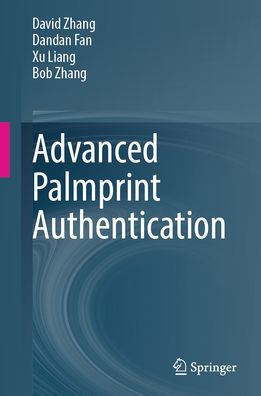This book is structured into 13 chapters, divided into three key sections. The first part delves into contact-based systems, emphasizing their growing efficiency and performance in both small devices and large-scale scenarios. The second part provides in-depth coverage of contactless systems, detailing essential processes like palmprint acquisition, ROI localization, feature extraction, and matching techniques. The third section examines the latest developments in multiple sensing systems, focusing on 3D and multispectral recognition.
Targeted at researchers and engineers in biometrics, particularly those specializing in palmprint recognition, this book offers valuable insights and practical algorithms for enhancing system performance. It is also an excellent resource for readers with a broader interest in biometric technologies, offering a rich understanding of the latest trends and innovations in the field.
This book is structured into 13 chapters, divided into three key sections. The first part delves into contact-based systems, emphasizing their growing efficiency and performance in both small devices and large-scale scenarios. The second part provides in-depth coverage of contactless systems, detailing essential processes like palmprint acquisition, ROI localization, feature extraction, and matching techniques. The third section examines the latest developments in multiple sensing systems, focusing on 3D and multispectral recognition.
Targeted at researchers and engineers in biometrics, particularly those specializing in palmprint recognition, this book offers valuable insights and practical algorithms for enhancing system performance. It is also an excellent resource for readers with a broader interest in biometric technologies, offering a rich understanding of the latest trends and innovations in the field.

Advanced Palmprint Authentication
320
Advanced Palmprint Authentication
320Hardcover

Product Details
| ISBN-13: | 9789819671007 |
|---|---|
| Publisher: | Springer Nature Singapore |
| Publication date: | 07/26/2025 |
| Pages: | 320 |
| Product dimensions: | 6.10(w) x 9.25(h) x (d) |
